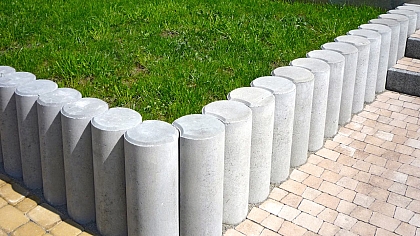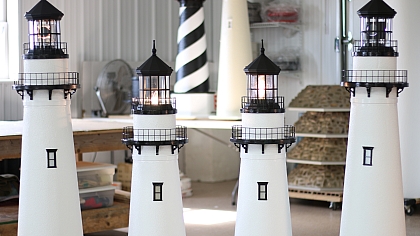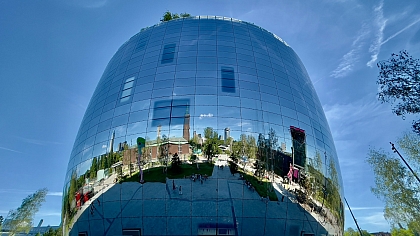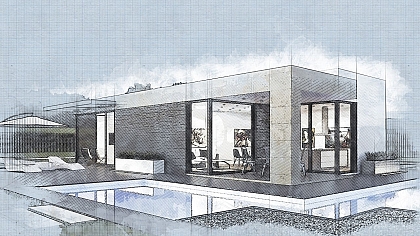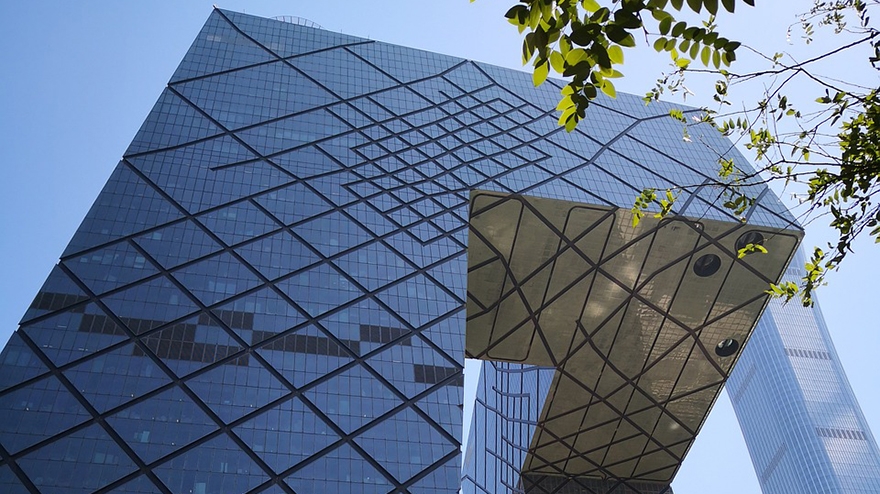
Deconstructivist Architect Rem Koolhaas & Organic Architect Santiago Calatrava
A summary of the achievements and lives of deconstructivist architect Rem Koolhaas and organic architect Santiago Calatrava.
1. Rem Koolhaas 1944
Rem Koolhaas is a Dutch architect and urbanist. He is also an architectural theorist and professor at Harvard University’s Graduate School of Design. Rem Koolhaas strongly advocates Deconstructivist architecture and produces iconic architecture. Rem Koolhaas Architecture is the winner of the Pritzker Architecture Prize and Royal Gold Medal. The American news magazine ‘Time’ listed Rem Koolhaas among the 100 most influential people around the world.
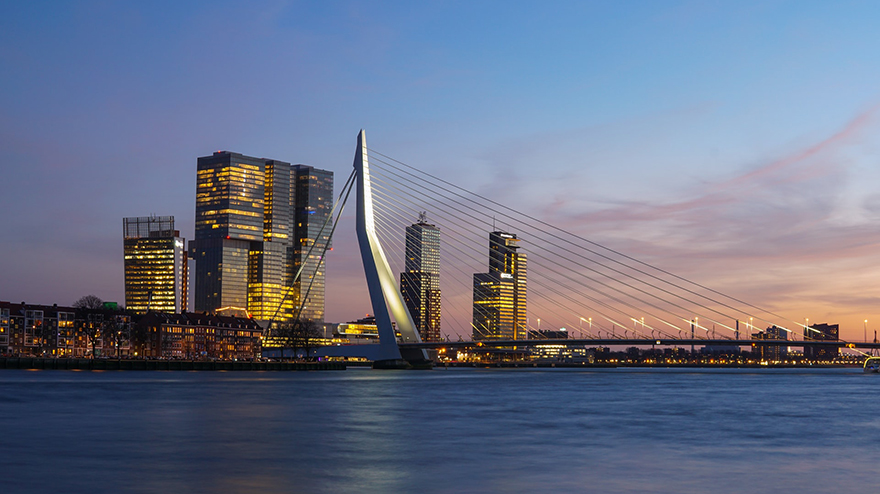
Early Life & Education
Remment Lucas Koolhaas was born on 17th November 1944 in Rotterdam, Netherlands. His father was Anthonie or Anton Koolhaas, a journalist and scenario writer. His mother was Selinde Pietertje Roosenburg. Dirk Roosenburg, his maternal grandfather was an architect who collaborated with Dutch architect Hendrik Petrus Berlage. One of his cousins Teun Koolhaas was also an architect and urbanist.
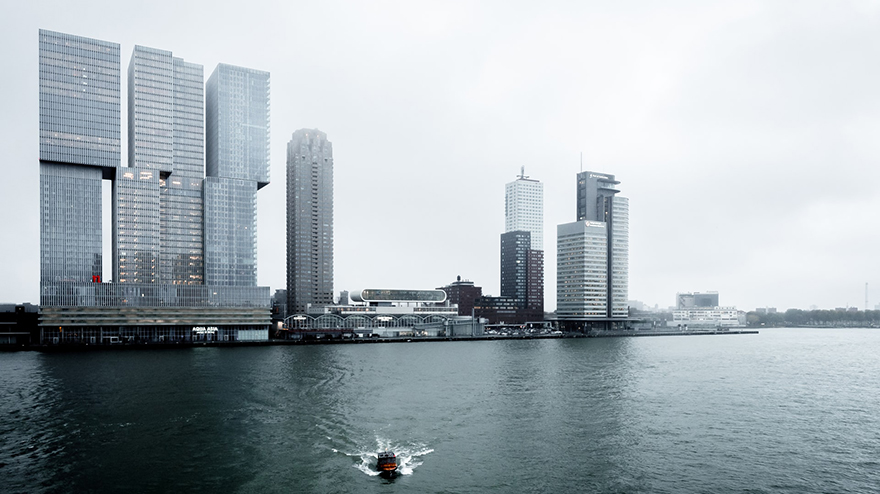
Rem Koolhaas began his studies in 1968 at the Architectural Association School of Architecture, London, England. In 1972, he studied at Cornell University, New York where he met German architect Oswald Mathias Ungers and later at the Institute for Architecture and Urban Studies, NYC.
Career & Projects
Rem Koolhaas founded his architectural firm Office for Metropolitan Architecture – OMA in 1975 in London along with other founding members Elia Zenghelis, Zoe Zenghelis, and Madelon Vriesendrop, Rem Koolhaas's wife. Zaha Hadid, Rem Koolhaas’s student, and Shohei Shigematsu joined as partners later.
Postmodernism was prevalent when several architects participated in an exhibition for the Venice Biennale in the year 1980. Italian architect Paolo Portoghesi arranged this exhibition that required architects to design facade architecture. Designs created by OMA, Frank Gehry, and Costantino Dardi represented abstract architecture and a unique architectural style. They presented a new architecture other than Postmodernism or classical architecture. Rem Koolhaas is well known for his book on architecture and urban design, ‘Delirious New York: A Retroactive Manifesto for Manhattan’.
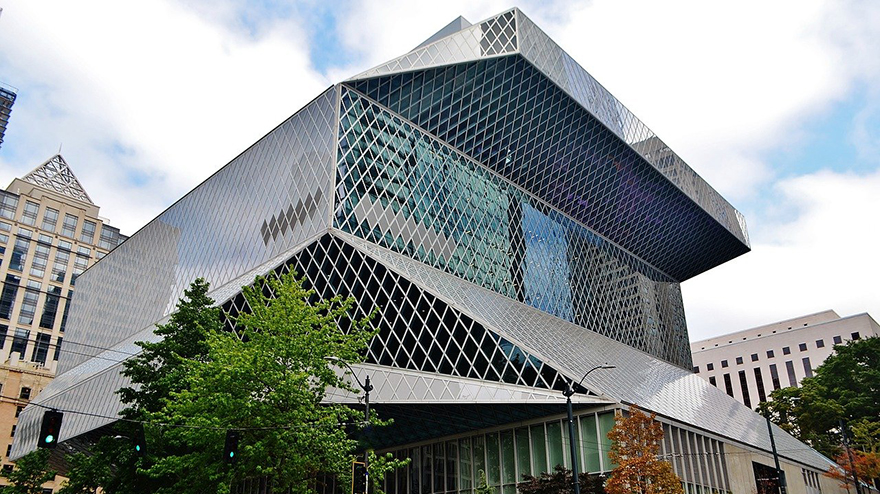
Some of Rem Koolhaas's buildings are the Central China Television Building, Beijing; Shenzhen Stock Exchange building, Parc de la Villette, Paris; Kunsthal, Rotterdam; Irish Prime Minister residence; Seattle Central Library, Seattle; Embassy of the Netherlands, Berlin; Qatar National Library, Qatar; Milstein Hall, Cornell University; Casa sa Musica, Portugal; McCormick Tribune Campus Center, Illinois Institute of Technology, Chicago and many others.
Recognition
Rem Koolhaas was honoured with the Pritzker Architecture Prize in 2000 and the Royal Gold Medal in 2004.

2. Santiago Calatrava 1951
Santiago Calatrava is a Spanish and Swiss architect, painter, and sculptor. He is also a structural engineer. He is widely recognized for the designs of bridges, stadiums, railway stations, and museums with organic sculptural masses. Santiago Calatrava won the AIA Gold Medal, the European Prize for Architecture, and the Auguste Perret Prize.
Some of his most significant projects are World Trade Center Transportation Hub, NYC, US; Turning Torso, Malmo, Sweden; Milwaukee Art Museum; Olympic Sports Complex of Athens; Opera House, Valencia; Margaret Hunt Hill Bridge, Dallas; City of Arts & Sciences and Auditorio de Tenerife, Santa Cruz de Tenerife.

Early Life & Education
Santiago Calatrava was born on 28th July 1951 in Benimamet, Valencia, Spain. He initially studied in Valencia. In 1957, he entered the School of Applied Art to learn sketching and painting. When Santiago Calatrava finished secondary school, he went to Paris to begin his studies at the Ecole des Beaux-Arts but due to student turmoil at the institute, he had to go back to Valencia. He entered the Polytechnic University of Valencia where he completed his architecture studies and later studied urbanism.
While at University, he wrote two books about the vernacular architecture of Ibiza and Valencia. He began studying civil engineering at the Swiss Federal Institute of Technology, Zurich, Switzerland in 1975. In 1981, he completed his doctorate. Santiago Calatrava was inspired by Swiss engineer Robert Maillart.
Career & Projects
After finishing his doctorate program in the year 1981, he established his firm based in Zurich. He was inspired by nature architecture. He produced works of unique architecture. Some of his most significant projects are Entrepot Jakem warehouse, Munchwilen; warehouse, Coesfeld Lette; post office, Lucerne; bus shelter, Saint Gall; school, Wohlen; railway station, Lucerne; Zurich Stadelhofen station, Zurich; Bac de Roda Bridge, Barcelona; Lusitania Bridge, Merida; Pedestrian bridge, Athens; Puernte del Alamillo bridge for Exposition 1992, Seville; Gare do Oriente or eastern train station for Lisbon World Exposition 1998; Gare de Lyon Saint Exupery, Lyon airport, Satolas. Santiago Calatrava focused on biomimetic architecture, a scientific approach to designing and constructing buildings taking inspiration from nature.
Calatrava buildings include Montjuic Communications Tower, Barcelona; Brookfield Place, Ontario; Llonja de Sant Jordi, Alcoy; Gare do Oriente, Lisbon; control tower & passenger terminal of Bilbao Airport; Milwaukee Art Museum, Wisconsin; Montjuic Communications Tower, Barcelona; Allen Lambert Galleria, Toronto; Museum of Tomorrow, Rio de Janeiro; Florida Polytechnic University, Lakeland; Peace Bridge, Calgary; Margaret Hunt Hill Bridge; Margaret McDermott Bridge; Oviedo Conference Center; Palace of Congresses, Oviedo; Liege Guillemins railway station, Liege, Belgium; City of Arts and Sciences, Valencia; Opera House, Valencia; Palace of the Arts, Valencia; Science Museum, Valencia; Athens Olympic Sports Complex; Turning Torso, Malmo; Auditorio de Tenerife, Canary Islands; Velodrome, Summer Olympics 2004. Santiago Calatrava designed a train station, the Oculus, a steel and glass structure at the World Trade Center Transportation Hub, NYC (Oculus Calatrava).

Recognition
Santiago Calatrava won the AIA Gold Medal, the European Prize for Architecture, and the Auguste Perret Prize.


